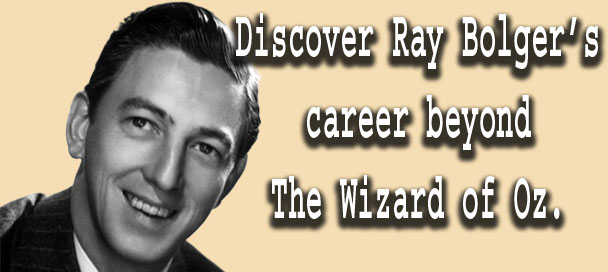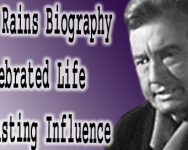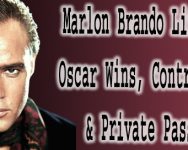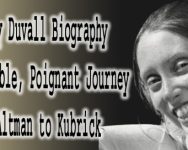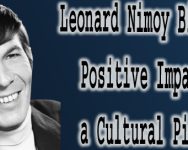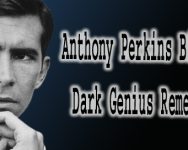🤠 Hugh O’Brian: The Sharp-Shooting Star with a Mind for More
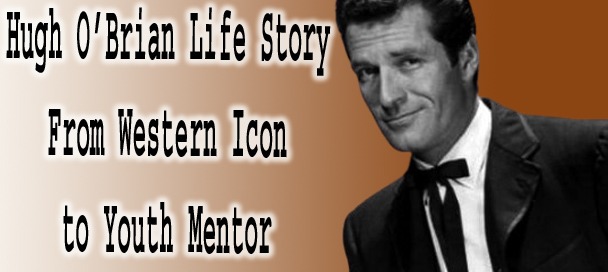
Hugh O’Brian as Wyatt Earp in the long-running ABC television Western
Hugh O’Brian wasn’t just a Western hero he was a thinker, a Marine, and a man who viewed fame as a platform for purpose. Best known for portraying the iconic marshal in The Life and Legend of Wyatt Earp, O’Brian brought intelligence and integrity to a role that defined television’s early frontier. But beyond the badge and boots, he lived a life full of ambition, discipline, and surprising turns.
Hugh O'Brian was a rugged American actor best known for portraying Wyatt Earp in the long-running TV western "The Life and Legend of Wyatt Earp." His career spanned film, television, and philanthropy, making him a staple of 1950s and 60s pop culture.
With his imposing height, commanding voice, and effortless charm, O’Brian embodied the classic American leading man. Yet he consistently defied expectations on and off screen. While many of his contemporaries chased stardom, he sought knowledge, structure, and deeper meaning. His career spanned everything from hard-boiled Westerns to thoughtful public service, and his presence lingered long after the credits rolled.
A favorite among co-stars and audiences alike, Hugh O'Brian carried a quiet confidence that translated into lifelong respect in the industry. His name became synonymous with strength, style, and stability during a time when Hollywood often favored flash. Decades later, fans still remember not just the gunslinger, but the man who stood tall in every sense of the word.
After playing the deadliest gunslinger on TV, O'Brian became a lifelong humanitarian trading six-shooters for scholarships in one of Hollywood’s most unexpected transformations.
👶 Early Life
Hugh O’Brian was born Hugh Charles Krampe on April 19, 1925, in Rochester, New York. He was the son of a United States Marine Corps officer and a cultured, educated mother who encouraged academic discipline. The family later moved to Illinois, where he attended New Trier High School, one of the most prestigious prep schools in the country. There, he stood out not just for his height and athleticism, but for his sharp mind and strong sense of purpose. O’Brian originally planned to pursue a career in law, following in the footsteps of his well-respected father.
At the University of Cincinnati, he enrolled in pre-law studies while excelling in sports and leadership. However, the outbreak of World War II rerouted his future. At just 17 years old, he left college and enlisted in the U.S. Marine Corps. He trained at Camp Pendleton and quickly rose through the ranks, becoming one of the youngest Marine drill instructors on record. The experience forged in him a deep sense of order, loyalty, and responsibility qualities that would later define both his screen persona and real-life leadership.
While stationed at Camp Pendleton, O’Brian was selected to represent the Marines on the popular radio game show Blind Date. In a twist of fate that blurred the line between duty and destiny, he won the show and the date with actress Virginia Mayo, a rising Hollywood star. The moment garnered light press attention and gave O’Brian his first brush with the entertainment world, planting a seed of curiosity that would later bloom into a full-blown acting career.
After the war, Hugh O'Brian intended to resume his law studies but found himself unexpectedly pulled toward the stage. When he stepped in to replace an injured actor in a community theater production, the audience response was immediate and enthusiastic. That performance sparked a bold decision he headed to Los Angeles to give acting a serious try. It was a sharp left turn from the courtroom dreams he once held, but it would put him on the path to becoming one of television’s most enduring Western icons.
Explore the Biographies of Iconic Celebrities
Fan Mail: At age 12, Kate Edelman Johnson, daughter of the producer of The Life and Legend of Wyatt Earp, answered Hugh O'Brian’s fan mail, forging a personal connection with the actor. True West Magazine
🎬 TV and Movie Career
Hugh O'Brian on the early days of the television
Hugh O’Brian’s film career began in the late 1940s after being discovered by actress and director Ida Lupino, who cast him in Never Fear (1950). He quickly caught the attention of studios for his commanding presence and clean-cut appeal, leading to a series of supporting roles at Universal-International Pictures. Early credits included Red Ball Express (1952) with Jeff Chandler, The Man from the Alamo (1953) alongside Glenn Ford, and White Feather (1955) with Debra Paget. Though often cast in war and Western films, O’Brian showed range and reliability qualities that helped him stay booked in a competitive era.
His defining role came in 1955 when he was cast as the lead in The Life and Legend of Wyatt Earp, one of television’s earliest adult Westerns. Airing on ABC, the show ran for six seasons and 226 episodes, cementing O’Brian’s status as a household name. His portrayal of the real-life lawman brought a level of stoic dignity and emotional restraint that stood apart from the more impulsive cowboy archetypes of the time. The show’s success helped launch the era of serious, character-driven TV Westerns, paving the way for series like Gunsmoke and Have Gun Will Travel.
O’Brian’s Wyatt Earp was more than a TV cowboy he was television’s first badge-wearing moral philosopher. The show regularly featured themes of justice, honor, and restraint, often rooted in the real-life exploits of Earp. Co-stars like Morgan Woodward, John Anderson, and Douglas Fowley rounded out the ensemble, while behind the scenes, O’Brian maintained a professional environment that made him popular among cast and crew alike. The show’s producer, Louis F. Edelman, would later become a close friend and his daughter, Kate Edelman Johnson, fondly remembered being tasked with answering O’Brian’s fan mail as a child.
Outside of Wyatt Earp, Hugh O'Brian worked steadily in film, with standout performances in Ten Little Indians (1965) with Shirley Eaton and Fabian, and Ambush Bay (1966), a gritty World War II drama. He also starred opposite Raquel Welch and Yul Brynner in Return of the Seven (1966), the sequel to The Magnificent Seven. In Love Has Many Faces (1965), he acted alongside Lana Turner, and he held his own next to Clint Eastwood and Telly Savalas in the 1970 action film Joe Panther. O'Brian even dabbled in international projects and crime thrillers, often playing the no-nonsense authority figure or charming outsider.
Though he was nearly paired with comedian Buddy Hackett in the 1960s for a planned comedy duo an idea that never quite got off the ground it revealed how seriously O’Brian was considered for roles outside the Western genre. He made guest appearances on numerous TV staples including Fantasy Island, Charlie’s Angels, The Love Boat, Murder, She Wrote, and L.A. Law, showing that he could still command attention decades after his peak fame.
O’Brian also returned to his signature role in the 1991 TV movie The Gambler Returns: The Luck of the Draw, reprising Wyatt Earp alongside other classic Western stars like Gene Barry, Jack Kelly, James Drury and Kenny Rodgers. It was a nostalgic nod to the era he helped define and a reminder of how deeply his image had been etched into pop culture.
He also appeared in The Shootist (1976), sharing the screen with legends like John Wayne, James Stewart, and Richard Boone in what would be Wayne’s final film further cementing O’Brian’s place among Western royalty.
Whether on a soundstage or galloping across the small screen frontier, Hugh O’Brian brought discipline, credibility, and class to every role he played. He may have worn a badge in fiction, but in Hollywood, his reputation for professionalism and quiet leadership was just as enduring.
The Buntline Special Colt Presented to Ed Sullivan: A Colt Single Action Army revolver with a 10-inch Buntline barrel, used by O'Brian on the show and presented to Ed Sullivan in 1959, was sold at Bonhams for US$10,200 with a signed letter of documentation. Bonhams
🤠 The Shootist – Western Legend John Wayne’s Final Ride
John Wayne stars in his final big-screen role, joined by an all-star cast including Jimmy Stewart, Richard Boone, and Lauren Bacall. As J.B. Books, a terminally ill gunfighter, Wayne delivers a stirring, world-weary performance that set the tone for his legacy.
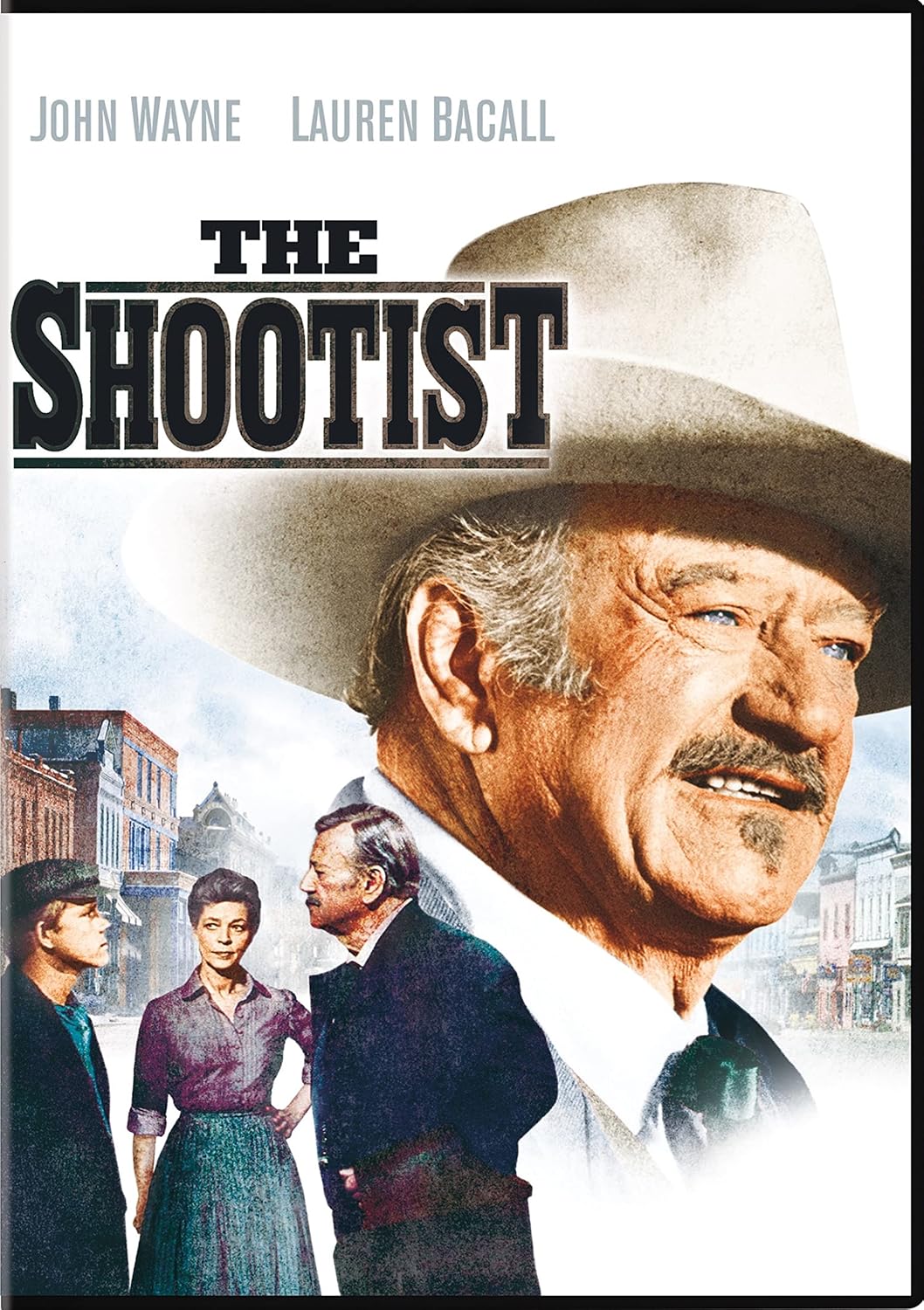
John Wayne leads a powerful cast in this moving, action-packed Western finale.
With memorable roles played by Hugh O'Brien, Richard Boone, Ron Howard, Harry Morgan, Don Siegel, James Stewart, and Lauren Bacall, The Shootist delivers depth, drama, and classic Western action all wrapped into one definitive final bow.
DVD Features:
- 📀 Authentic Desert Western look and restored audio
- 🎬 Intimate performances from Wayne, Stewart, and Bacall
- 🎥 Includes behind-the-scenes interviews and rare archival footage
A poignant farewell to Hollywood’s toughest cowboy, perfect for both classic Western fans and collectors.
🕊️ Later Years
As the Western genre faded from primetime, Hugh O’Brian transitioned gracefully into semi-retirement while continuing to appear in occasional TV guest spots and reunion specials. Though he no longer carried a weekly series, his iconic status kept him in demand at fan conventions, charity events, and retrospectives honoring the golden age of television. His calm demeanor and sharp memory made him a favorite among interviewers and historians alike.
O’Brian also focused more on his philanthropic work, particularly the Hugh O’Brian Youth Leadership (HOBY) foundation he founded in 1958. The program, inspired by a visit with humanitarian Dr. Albert Schweitzer, aimed to develop leadership skills in high school sophomores and grew into a nationally recognized network. It became his proudest achievement one that far outlasted any screen credit.
In 2006, at the age of 81, Hugh O’Brian married his longtime partner Virginia Barber. Instead of a traditional honeymoon, the couple chose to study philosophy together at Oxford University. The choice reflected O’Brian’s lifelong commitment to intellectual growth and self-improvement. “You keep your body moving,” he once said, “but you better keep your mind moving, too.” For a man who once defined the American lawman, his later years revealed the philosopher beneath the gunslinger.
Hugh O’Brian passed away peacefully on September 5, 2016, at the age of 91. He died at his Beverly Hills home, surrounded by family and close friends. Tributes poured in from fellow actors, fans, and former HOBY participants, all remembering a man who had not only defined a television era but dedicated much of his life to inspiring others. Though best known as Wyatt Earp, O’Brian’s greatest legacy may be the lives he influenced far beyond the screen.
Hugh O'Brian once spent nine days in Africa with Albert Schweitzer and it inspired him to create a global youth leadership program still active today.
🏆 Legacy
Hugh O'Brian’s legacy is rooted in more than just television stardom it’s defined by integrity, discipline, and the lasting impact of service. As the first actor to bring Wyatt Earp to life in a serious, adult Western, he helped pioneer a genre that dominated the early years of television. His portrayal set a standard for dignity, restraint, and quiet authority that influenced later Western icons like James Arness, Clint Eastwood, and Sam Elliott.
Beyond the screen, O’Brian made one of the most significant celebrity contributions to youth development in American history. His Hugh O’Brian Youth Leadership (HOBY) program, founded when he was still in his prime as a TV star, became a nationwide initiative that has inspired over half a million students to become leaders in their communities. That blend of star power and social commitment set him apart from many of his peers.
Respected by colleagues, admired by fans, and cherished by those he mentored, Hugh O’Brian lived a life of purpose. Whether standing tall in a dusty saloon set or walking the halls of Oxford on his honeymoon, he exemplified the idea that a real hero doesn’t just wear the badge they live by it.
🗣️ Why They Still Matter
Hugh O'Brian's legacy goes far beyond cowboy boots and six-shooters. His portrayal of lawman Wyatt Earp helped shape the mythos of TV westerns, but it's his founding of the Hugh O'Brian Youth Leadership Foundation (HOBY) that continues to impact young lives worldwide. His dual identity as an actor and humanitarian makes him a cultural figure who bridged Hollywood and service, embodying a rare blend of charisma and compassion.
Further Reading & Resources
📖 Hugh O’Brian: Brave, Courageous And More Than A Little Bold
📰 TV’s Wyatt Earp, Hugh O’Brian, has died at 91
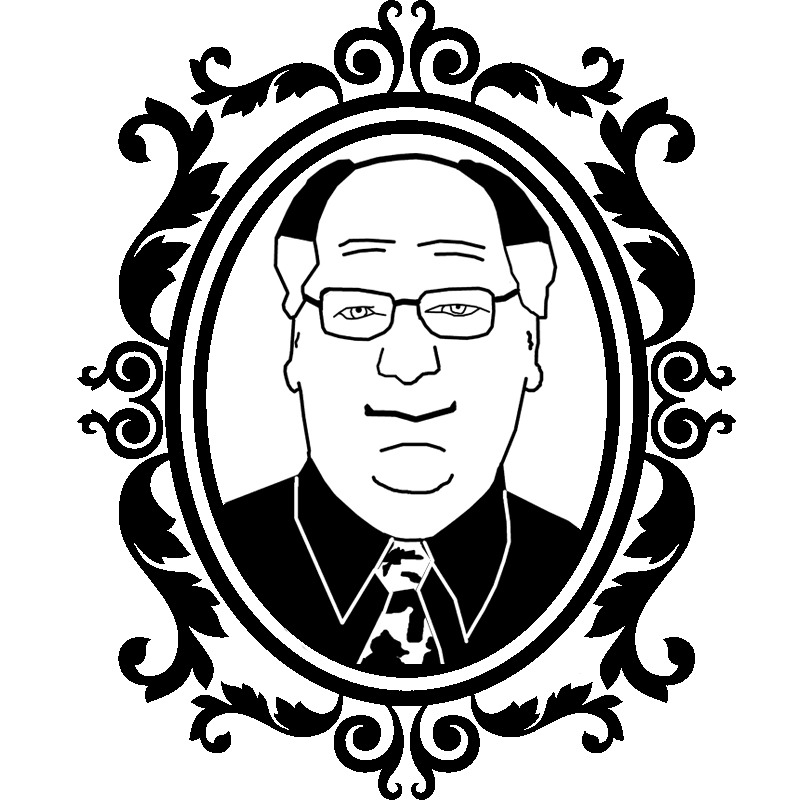
ML Lamp is the owner of Kilroy Was Here. After his 20 years of working in Las Vegas in the entertainment promotions field, Mr. Lamp retired in 2002 from his job to pursue his passion for collectibles. Now as a guest speaker and author he’s living the dream, and sharing his warmth with You.
